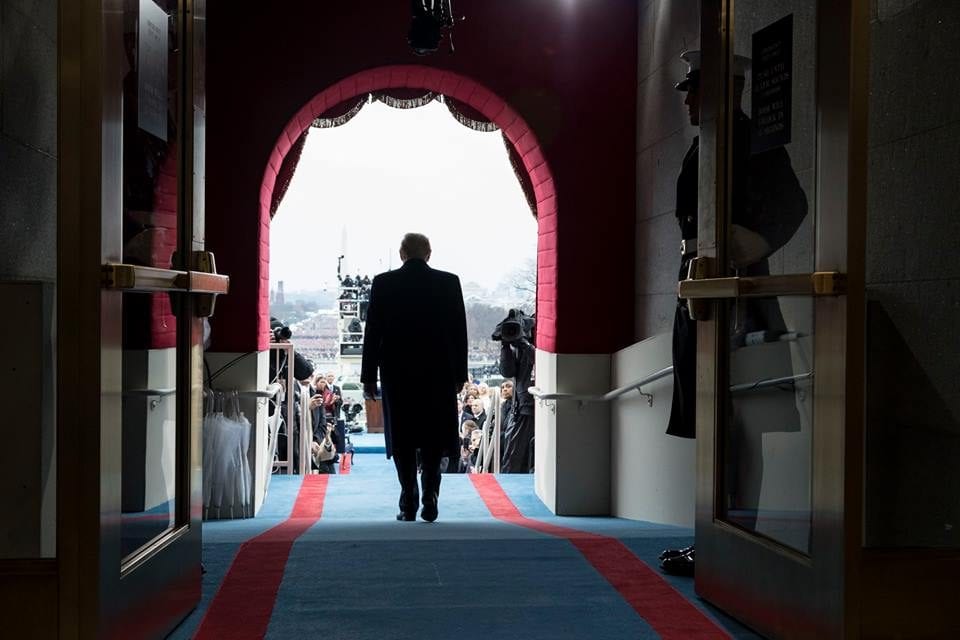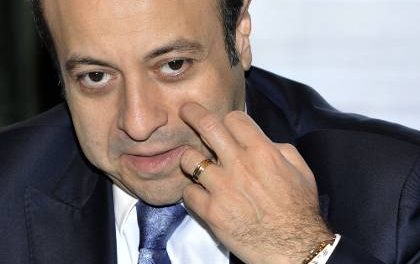“Drone strikes may have a purpose, but they are no substitute for a political strategy.”
Though America’s drone war in Somalia has been shrouded in secrecy, in the past year and a half the number of American air strikes in Somalia have notably increased. According to multiple foreign analysts, Somali officials, and several al-Shabaab defectors, these strikes have become one of the most effective tools in confronting the group. The air campaign has hindered al-Shabaab’s ability to communicate, sown widespread mistrust among its members, and restricted its leaders’ mobility.
The noticeable uptick in strikes in Somalia came after President Donald Trump approved policy changes ending the limitation on drone strikes imposed by the Obama administration. In March 2017, Trump designated parts of Somalia an “area of active hostilities,” temporarily bringing them under less restrictive targeting rules. By September of last year, his administration had reportedly approved new targeting rules for drone strikes called “Principles, Standards, and Procedures,” which dismantled several Barack Obama–era restrictions. As the Pentagon’s freedom to carry out drone strikes in Somalia has expanded, so too has the CIA’s authorities to conduct drone warfare in North Africa. According to a report from The New York Times published over the weekend, the CIA is set to conduct secret drone strikes in North Africa from a newly expanded base in the Sahara and with authorities once scaled back under the Obama administration.
Why do security and a strong government in Mogadishu matter for U.S. interests? Though America’s fight against the Islamic State in North Africa has made headlines over the past year, chaos in Somalia has long been a focal point for the U.S. global War on Terror. Al-Shabaab pledged allegiance to al-Qaeda in 2012, and in recent years a small contingent of the Islamic State has set up camp in Somalia’s north, raising fears in Washington that it could become a staging ground for international terrorists. Indeed, despite the Pentagon’s current discussions about dramatically reducing the number of U.S. commandos and drawing down outposts across the continent, Somalia is one of only two African countries in which the United States will maintain a robust military presence.
The problem is that while air strikes and ground offensives can disrupt al-Shabaab’s ability to conduct attacks, Somalia cannot establish lasting security without help to build sustainable governing institutions. Ostensibly, such state-building efforts would be led by the State Department and the U.S. Agency for International Development (USAID), which have sought to bolster local government institutions and Somalia’s civil society, and provide basic services such as education and health care. But as the State Department’s already weak authority is further diminished under the Trump administration, the Pentagon has effectively taken the lead in Somalia.
“Drone strikes may have a purpose, but they are no substitute for a political strategy,” Ken Menkhaus, a Somalia expert at Davidson College, told me. Al-Shabaab, he said, survives by exploiting the grievances of clans and other groups marginalized by an empowered elite. This “is fundamentally a political problem, not a military problem, and that requires a political solution and not a military solution,” he said.
In the decade after the Black Hawk Down disaster in 1993, in which 18 American soldiers were killed and 73 were injured in a bloody battle in Mogadishu, U.S. policy makers sought to avoid direct intervention in Somalia. But as fears of the spread of Islamic extremism gripped Washington after 9/11, the CIA partnered with Somali warlords to target al-Qaeda operatives in the country. When a coalition of moderate Islamic courts pushed those warlords out of the city, the George W. Bush administration backed an Ethiopian invasion into Somalia to overthrow that government. As it fell, its more extremist leaders splintered off into their own independent militant organization—al-Shabaab. U.S. involvement in the fight against al-Shabaab was sporadic in the years that followed, until an attack in 2013 by the group on Westgate Mall in Nairobi, which killed 67 people, including 19 foreigners. President Obama subsequently increased the number of U.S. boots on the ground and the number of air strikes carried out in defense of American and African troops.
But according to Trump’s Principles, Standards, and Procedures, the administration has afforded special-operations forces even greater latitude to conduct drone strikes in Somalia, no longer restricting them to strikes carried out in self-defense, as they had been under the Obama administration. In the past year and a half, the United States has drastically escalated its drone war in Somalia, conducting at least 33 strikes in 2017 and 21 thus far this year, compared to 13 in 2016 and five in 2015, according to New America, a Washington, D.C.-based think tank. According to Africom, air strikes have targeted mid- and high-level al-Shabaab figures, the most notable of whom was Ahmed Abdi Godane, al-Shabaab’s then-emir, who was killed in a U.S. air strike in 2014. (Africom press statements have not indicated which leaders have been killed in the past year.) As a result, the group’s key players have been forced “to allocate more time and energy on their personal security, which takes away resources from planning attacks and doing other activities,” Tricia Bacon, a former State Department counterterrorism expert currently researching Somalia, told me. “It’s a tactical-level disruptive effect,” she said.



















